The first answer to this question has the correct idea, except the diode suggested is NOT a Schottky diode. This means that it is the static protection diode on the input of the 555 timer that will carry the current. As the input voltage rises past Vcc, the current will flow through the diode with the lowest forward voltage.
Almost all chips have Schottky diodes on their input pins to both ground and Vcc - these are not intended to carry current, but are a last line of defence to protect chips from static discharge.
IMPORTANT: Because the input is an AC signal (i.e. goes negative), you will also need a Schottky diode to ground! The cathode on both diodes face Vcc.
For further protection, you can add a small (e.g. 100 Ohm) resistor between the external diode and the chip to further encourage the excess current to flow in the external diode(s), and not the internal one.
Another option is to use a reverse-biased zener to ground (which has the added advantage of also protecting against negative transients on the input line), but the problem with zener diodes is that the "knee" of the conduction curve is soft so, you are almost guaranteed to force some current through the internal input protection diode. They also tend to have a large forward voltage, so they don't do a great job of protecting against negative input voltages.
Some brave (foolish?) designers will rely on the input protection diode to limit the input voltage and they will simply install the series resistor.
But here's a question - why not feed the signal from the generator directly into the Arduino? If it has a Schmidt input (so it can deal with slowly-rising input signals), and you provide appropriate input protection, then you do not need the 555.
